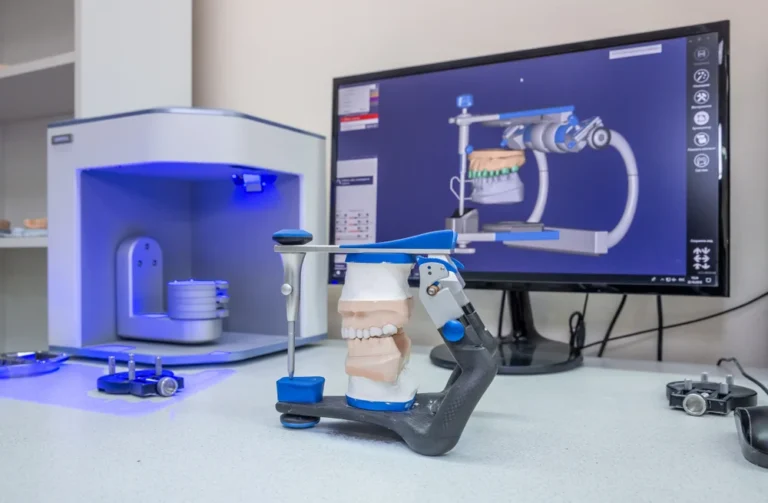It’s no secret that 3D printing technology has been sweeping the world by storm. It’s already had huge impacts on our everyday lives, the way we work, and the way we build things. But what many people don’t know is that 3D printing is also revolutionizing the way we understand evolution.
By leveraging the high-precision and low-cost capabilities of 3D printing, scientists are now able to create models of physical evidence and recreate evolutionary events with greater accuracy and detail than ever before, unlocking new insights into the history of life on Earth.
In this article, we’ll explore how 3D printing is being used to revolutionize the study of evolution, from fossils to genetic data. Get ready for a journey through billions of years of history!
3D printing has made a big impact on the study of evolution. With the help of 3D printing, museum curators can construct virtual models which accurately replicate fossils of animals that are now extinct, helping researchers to develop new theories about their behavior and physiology.
Furthermore, 3D printing offers scientists the opportunity to view preserved specimens from a variety of angles, allowing for more comprehensive insights into the structure of ancient species.
On the other hand, 3D printing also leaves room for experimental error and interpretation bias—especially when printed materials are used in place of actual fossil or skeletal remains. For example, if a scientist miscalculates the proportions of a 3D-printed reconstructive model—which is based on a fossilized bone fragment—the results could be distorted and unreliable.
Additionally, without properly accounting for environmental factors—such as soil composition or calcium deposits—the reconstructed specimen may not accurately represent its original form when it was alive.
Read about the best home wireless printer.
Despite these risks, there is no doubt that 3D printing has revolutionized how researchers study ancient species. By providing greater access to information about extinct organisms, this technology has helped paleontologists unlock new data points from which they can develop novel evolutionary hypotheses. As such, 3D-printed reconstructions offer significant potential for furthering our understanding of ancestral life forms that no longer exist.
Continuing forward with this research requires moving beyond simply reproducing fossilized specimens—something at which 3D printing excels—and delving deeper into uncovering what caused their absence in the first place. By studying natural and fossil remains together, scientists will have a much better chance of closing in on what drove species extinction throughout Earth’s evolutionary timeline.
Natural and Fossil Remains
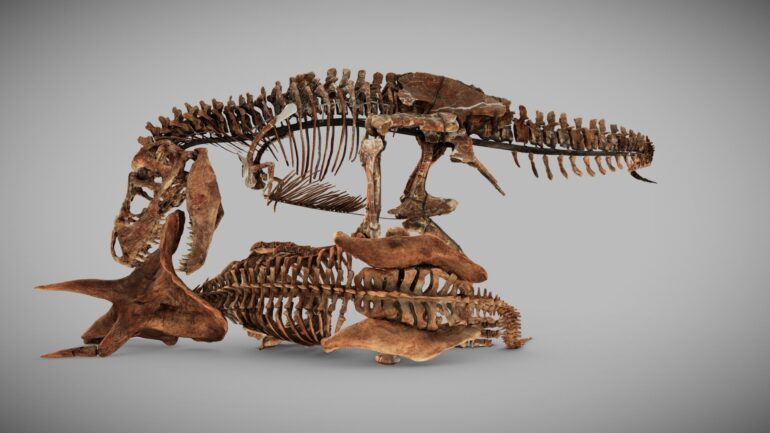
The use of 3D printing technology in the study of evolution has opened up the opportunity to further our understanding and research of natural and fossil remains. Through 3D imaging techniques, we are now able to display fossils with a higher level of accuracy than was previously possible. This has enabled researchers to gain a more comprehensive insight into evolutionary history through a greater level of detail when analyzing fossil records.
The debate as to whether 3D printing is enhancing or limiting human comprehension of natural fossils remains. On one side, proponents argue that 3D imaging is allowing us to understand fossils at a more precise level than ever before, allowing us to analyze aspects such as microstructures and geometric patterns on fossils that would otherwise have gone unnoticed.
On the other hand, naysayers have argued that 3D printing can often limit our understanding by simplifying an otherwise complex fossil beyond recognition.
The evidence clearly supports that 3D printing results in a more accurate and precise understanding of natural fossil remain than traditional methods of paper or digital replication. By creating full 3-dimensional models, we can develop significantly more precise interpretations than what is provided by traditional 2-dimensional drawings or etchings – making it easier to detect subtle details hidden within fossils and providing a clearer picture of the animal’s actual structure and behavior.
Ultimately, 3D printing has been an invaluable tool in helping us learn more about our past. While there may be some limits in what it can tell us about natural remains, undoubtedly it has been a groundbreaking resource that has allowed us to gain an immensely detailed look at how animals evolved over time.
As we move forward with 3D printing technology, the implications for further advancing the study of evolution are limitless. With this knowledge in hand, we can now start considering the advantages of using 3D printing for other topics related to studying evolution – such as replicating organisms in motion or displaying organs and internal structures in greater detail.
The Advantages of 3D-Printing
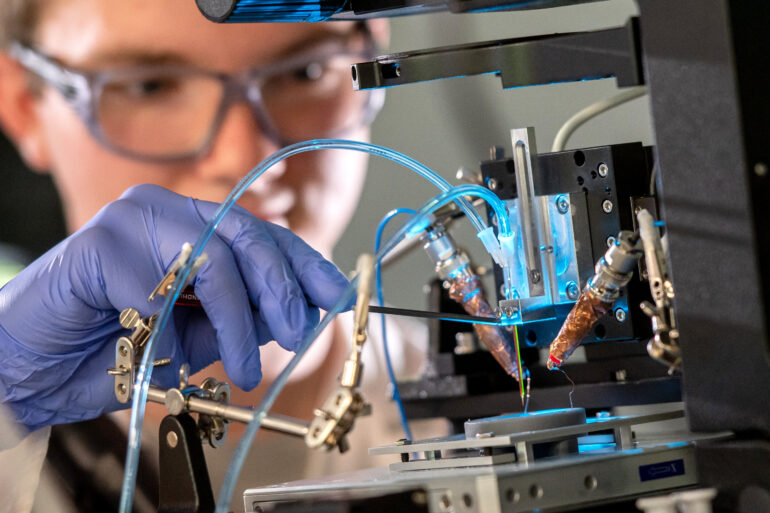
3D printing technology has provided a plethora of opportunities in the field of evolutionary studies. By building objects which are both accurate replicas and convincing reconstructions of natural and fossil remains, 3D printing can help researchers to more accurately study how various species have changed over time.
One major advantage of 3D printing for evolutionary studies is that it allows for virtual accessibility to specimens which may be fragile or difficult to obtain in person. For example, some specimens may not be able to be safely moved from their original location, or certain fossils may ruin if touched. However, with 3D printing, these delicate specimens can still be studied from a distance and even re-examined on multiple occasions if needed.
Furthermore, 3D printing provides immense convenience in comparing different specimens for qualitative analysis. It can provide complex data scans which allow for shape comparisons between two different populations across a wide range of morphological characteristics. Not only can such techniques provide insight into unobservable variations between distinct species and subspecies, but they also enable researchers to ask questions about genetic drift, adaptation, and diversification.
It is clear that 3D printing is a game changer when it comes to researching the history of evolution. By quickly creating replicas and reconstructions of natural and fossil remains with accuracy and precision, the amount of information researchers are able to gain regarding changes in morphology across generations has blossomed dramatically. With this newfound discovery power, scientists are now able to move onto the question of accuracy and convenience. What impact will 3D printing have on allowing evolutionary researchers access to distant or otherwise untouchable sites?
Accuracy and Convenience
3D printing has disrupted the study of evolution by introducing a new level of accuracy and convenience. Researchers now have the ability to accurately replicate and analyze fossils that can be used as evidence to learn more about the evolutionary history of various organisms.
As a result, they are no longer limited to examining damaged fossils or specimens that would otherwise need to be handled with delicate care. This technology has also allowed scientists to have quick access to precise models which can help them form hypotheses and develop theories faster than ever before.
Another way 3D printing is proving its usefulness in terms of accuracy and convenience is through computer simulations. Scientists can print out their data models in order to physically observe connections and patterns more clearly than looking at models on a screen. Having physical representations of data makes it much easier for researchers to experiment with various configurations or view the data from different angles without having to rerun simulations or manually create multiple models.
It is evident that 3D printing is revolutionizing the study of evolution, bringing unprecedented accuracy and convenience compared to how the research was done just a few years ago. This technology has opened up a world of possibilities for scientists and given them the tools needed for even more discoveries in the field. Moving forward, researchers will continue testing out 3D printing methods and applications as they explore deeper into the development, diversity, and history of species.
Research and Development of Species
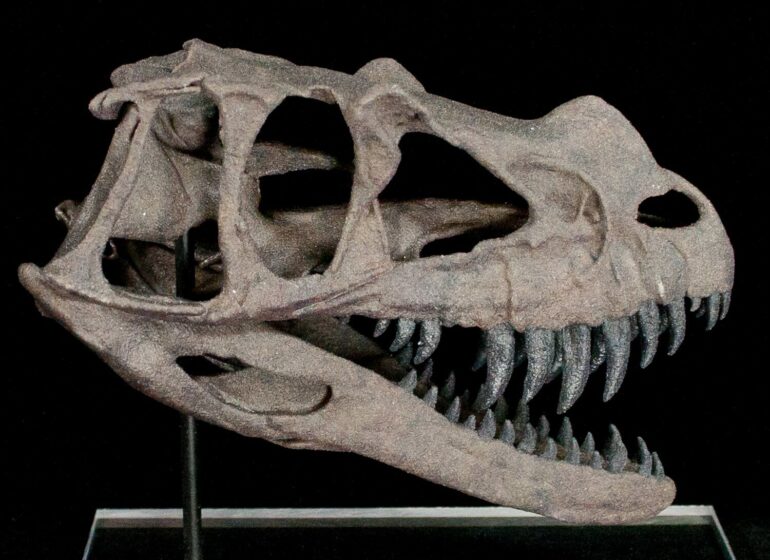
The research and development of species have been enabled by the accuracy and convenience made possible by 3D printing. At a fraction of the price, with greater accuracy, and with exponentially less time required, 3D printing is seen as the superior tool for studying evolution and the development of species.
This accuracy and convenience allow researchers to track and map out changes in species over long periods of time or to see how slight variations in genotype can lead to major changes in phenotype. In fact, 3D printing technologies have now allowed us to study evolutionary artifacts in a much more ground-up approach than ever before. To understand not just the timeline of when certain traits appeared but also the anatomy that gave rise to key evolutionary points in history.
Research has shown that from this more precise level of analysis, we can draw better conclusions about what drove certain evolutionary paths and why particular organisms came alive at certain points in history. Through 3D modeling and replication, researchers are able to build up a clearer picture of the moments when large or small-scale evolutionary changes were taking place allowing us to be able to trace back larger patterns in how life developed on Earth.
Moving forward, 3D printing will continue to revolutionize the way we approach evolutionary studies allowing us to explore ideas that would have been unfeasible had we relied solely on traditional methods. Now armed with model-building technology, researchers can study complex organism interactions down to minutiae levels while opening up new doors into areas like geographics or phenotypes impacting specific organisms’ developments—seamlessly transitioning into our next discussion about models and materials.
Models and Materials
In order to continue researching and developing species, models, and materials are key. With 3D printing technology, scientists and researchers can easily create accurate replicas of many different organisms, as well as materials that help enhance the study of evolution. 3D printing can also replicate ‘impossible’ structures, like the structures found in some living organisms, that cannot be replicated with traditional methods. This lends support to the idea that 3D printing has revolutionized the study of evolution.
At the same time, some scientists argue that not all replicas created with 3D printing are 100% accurate. Due to a lack of surface texture detail, key elements of an organism could be overlooked. For example, a 3D printed model of a winged lizard may appear to show the rod-like parts through which the wings emerge clearly enough – but details about the shape of its skin could be lost if tactile detailing is omitted. As such, some believe 3D printing may still have a few limitations when it comes to accurately replicate certain features in life forms used for evolutionary studies.
Overall, however, it is clear that 3D printing has made significant advances in the field of evolutionary research. By being able to create physical models and materials with extreme precision and fidelity, scientists no longer need to rely on guesswork or assumptions alone when it comes to examining how species evolve over time. Its potential power and accuracy should never be understated or overlooked as 3D printing continues to take bigger steps into our world.
With its ability to accurately and quickly recreate both large and small-scale organisms and materials, it is helping us understand evolution more deeply than ever before – a feat that will surely bring forth great benefits for researchers and scientists alike.
Benefits of 3D Printing for Scientists and Researchers
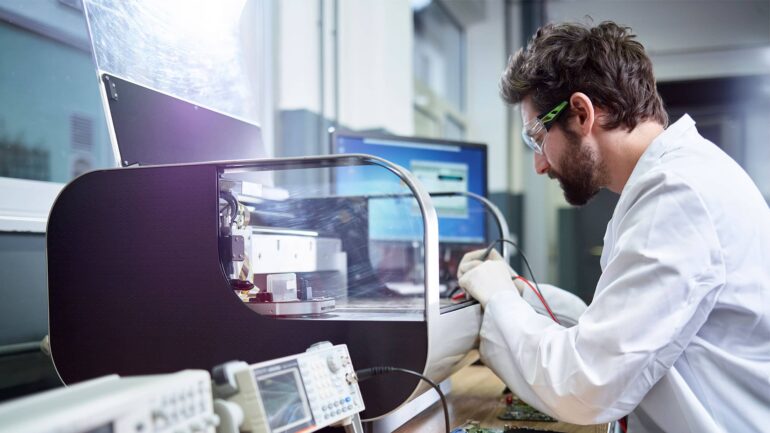
For scientists and researchers alike, 3D printing offers a wide array of unique benefits. According to research from the University of Tennessee at Chattanooga, some of its main advantages are cost reduction, design optimization, rapid prototyping, and reduced waste generation. By leveraging the power of 3D printing, scientists and researchers can quickly develop models of complex organisms and use them as physical aids for teaching or research experiments.
Additionally, 3D printing also allows for unprecedented control over the design of the product—from materials and colors to shapes and sizes—allowing creators to precisely replicate objects that may be impossible to craft any other way.
The increased accessibility to 3D printing comes with some caveats, however. It is well-known that 3D printers have a high startup cost; often between $3,000 and $5,000 for mid-range models. Furthermore, due to the complexity of the process and individual requirements, it’s very easy for inexperienced makers to end up with failed prints—leading to inefficiency and added expenses both in time and materials.
Despite these small inconveniences, 3D printing still remains an incredibly powerful tool for scientists and researchers all across the globe that enable them to greatly accelerate their explorations into evolutionary studies. With its revolutionary ability to manipulate materials into intricate forms, combined with its low production costs and quick implementation times 3D printing opens up many exciting possibilities for scientists looking to further their knowledge in this field.
With this newfound power at their fingertips, a whole new world awaits evolutionary scientists as they prepare to enter unexplored frontiers. But first, let’s delve deeper into the potential applications of 3D Printing in evolutionary studies.
Potential Applications of 3D Printing in Evolutionary Studies
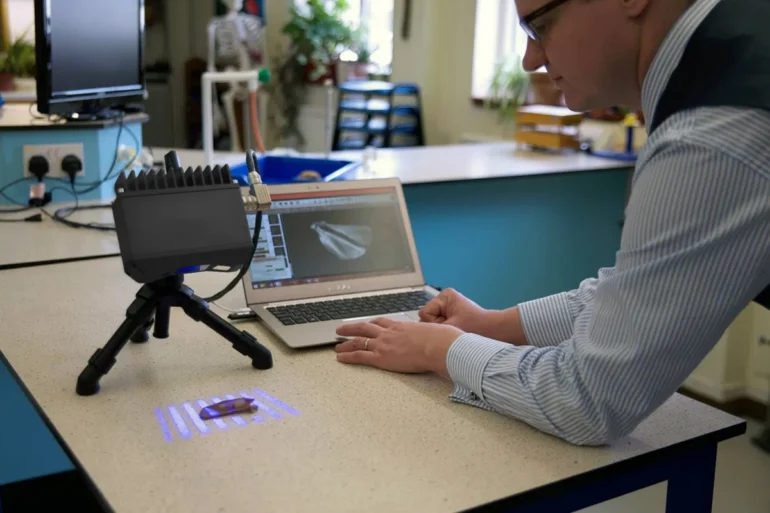
The potential applications of 3D printing in evolutionary studies are seemingly endless. By bringing three-dimensional physical models into the lab, researchers can more fully analyze and explore patterns in both organismal shape and trait diversity. The advantages 3D printing offers to evolutionary study are numerous — including allowing scientists to examine specimens that are no longer living and observe which traits might confer a competitive advantage in different contexts, or to look at the scaled changes over time of extinct species, such as dinosaurs.
Furthermore, modern 3D printing technology allows researchers to customize their own scanning and modeling processes for any given specimen or fossil with relative ease. This means that physical replicas of various species can be created quickly and accurately — removing the need for expensive expedition costs, rare maintenance, and detailed photography or sketching. With all this ease of access comes the ability to compare forms or behaviors across a range of landscapes and climates.
As such, 3D printing could greatly facilitate comparative study between different geographical locations by providing a convenient way of transporting specimens between labs without having to risk damage or loss in transit.
Critics may argue that 3D printing is not always accurate enough to produce a true replication of an organism’s form or behavior— something that traditional excavation techniques can provide — and should therefore not be relied upon for detailed evolutionary analysis.
However, this concern is becoming increasingly irrelevant as technology improves: recent designs have been able to replicate anatomical details down to the cellular level, making them far more accurate than many manual methods used traditionally in science labs. As such, 3D printing shows great promise for providing ample information on how organisms grow, respond to environmental conditions, and evolve over time — even in cases where specimens are no longer available for study.
All-in-all, 3D printing has revolutionized the study of evolution by providing scientists with a cost-effective way to analyze and compare specimens in unprecedented detail. With its increased accuracy and convenience — as well as its potential use in remote areas where traditional research methods are impractical or unsafe — there is no doubt that it will continue to play an important role in both basic scientific data collection and high-level evolutionary analysis for years to come.
Frequently Asked Questions and Explanations
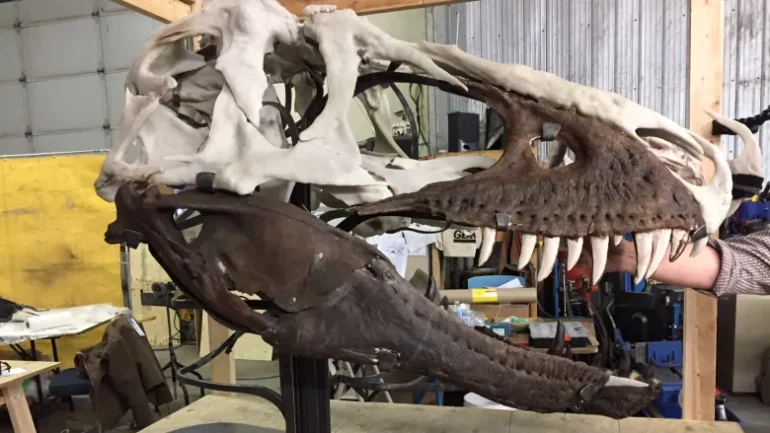
How Accurate Are 3D Printed Reconstructions of Extinct Species Compared to Traditional Methods?
The accuracy of 3D-printed reconstructions of extinct species compared to traditional methods depends largely on the quality of the data used to construct the model. If a 3D scan is conducted or obtained from a reliable source, then the 3D reconstruction should be just as accurate as traditional methods such as fossil reconstruction or skeletal reconstruction.
However, if measurements are taken from unreliable sources, then there will be more room for error in the 3D reconstruction. Additionally, 3D printing has improved our ability to make highly detailed and accurate replicas with much higher precision than ever before. With advances in 3D modeling software, we are now able to create detailed replicas with all external and internal anatomical features recreated accurately and precisely.
This technology has made it easier for us to study some of the least studied aspects of extinct species that have traditionally been difficult to examine using traditional methods. Therefore, even though 3D-printed reconstructions of extinct species may not always be 100% accurate compared to other traditional methods depending on the source materials used, they still certainly provide researchers with valuable insight into prehistoric life.
What Kind of Evolutionary Studies Can 3D Printers Help With?
3D printers can be used to help revolutionize the study of evolution by allowing scientists to create physical models and simulations of complex systems. This provides an unprecedented level of detail for researchers, enabling them to test hypotheses more efficiently and accurately than ever before.
From printing fossils and living organisms to creating intricate replicas of microorganisms, 3D printing is allowing scientists to observe, experiment with, and explore evolutionary processes in ways that were previously impossible.
Additionally, 3D printing enables cheap and rapid prototyping of designs in order to simulate complex environments and natural selection scenarios; this allows researchers to gain a better understanding of how species adapt over time. With 3D printing now available to researchers, evolutionary studies are no longer limited by the constraints of traditional techniques.
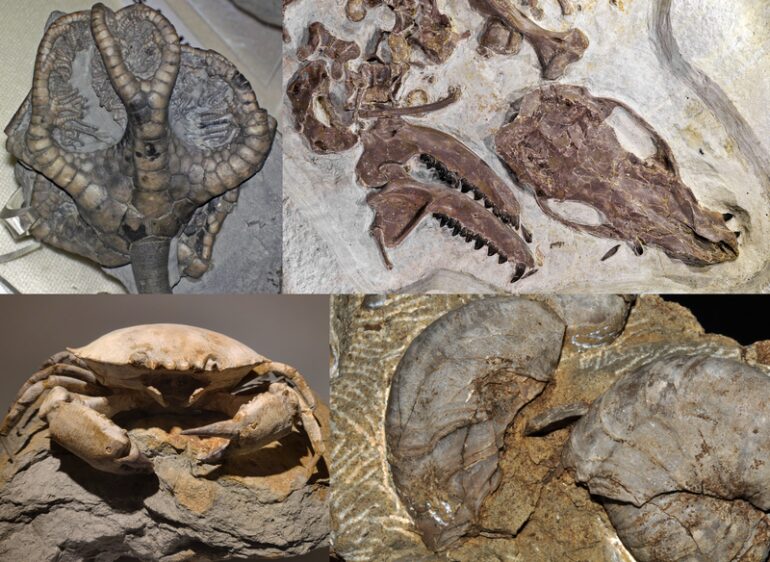
What Advantages Do 3D Printers Offer Compared to Other Methods of Studying Evolution?
3D printers offer some major advantages to the study of evolution when compared to other methods. For example, 3D printing allows researchers to quickly and easily create detailed physical models of species that can then be analyzed for further study or even used as teaching tools. This can help researchers gain better insights into how populations evolve over time.
Additionally, 3D printing is a cost-effective alternative to traditional techniques such as sculpting, casting, and building physical models from clay or wood. Finally, because 3D printing creates physical replicas at a relatively low cost they are becoming increasingly accessible to ordinary people, enabling more people to engage directly in research and discuss their findings with others. As 3D printing continues to develop it’s likely these advantages will continue to become more significant.

